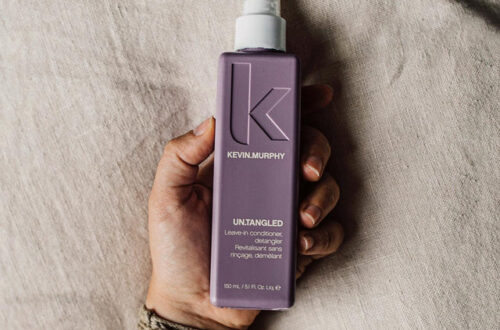Reviving the Ancient Art of Hair Oiling
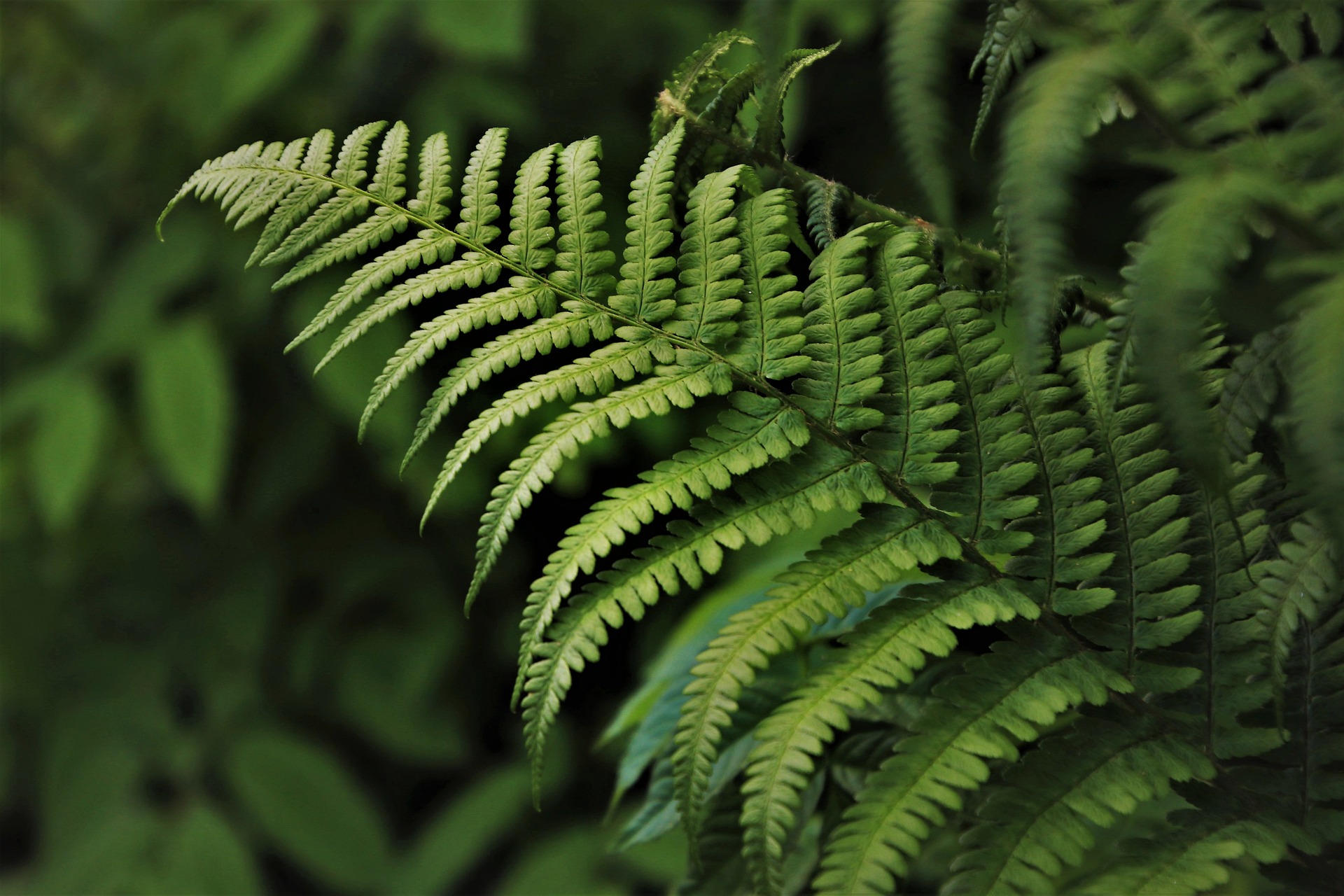
Hair oiling, deeply rooted in the ancient healing practices of Ayurveda, has been cherished for centuries for its ability to nourish and rejuvenate hair. This 5000-year-old practice has transcended borders and cultures, becoming a beloved ritual in modern hair care routines around the world, including in the US. It’s a holistic journey that unveils the secrets to healthier hair. Let’s explore the rich history, traditional practices, and modern adaptations of hair oiling, along with tips on how to use it effectively for healthier hair.
Traditional Practices
Hair oiling has been a part of various cultures across the globe, with each culture having its unique oils and ingredients. In ancient times, oils like coconut, sesame, and almond were used for their nourishing properties. These oils were often infused with herbs like hibiscus, amalaki, bhringraj, and brahmi for added benefits. Hair oiling was not just a beauty ritual but also had cultural and spiritual significance. It was often associated with traditional rituals and ceremonies.
Benefits of Hair Oiling
The benefits of hair oiling are as varied as the oils themselves. Rich in fatty acids, these oils replenish the hair’s lipids, repairing damage from chemical treatments, styling, and environmental factors. Regular oiling can hydrate the hair and scalp, strengthen hair follicles, reduce breakage, stimulate growth, and enhance texture.
How To Properly use Hair Oils?
So to get started, Pick Your Potion: Choose a pure oil that suits your hair type and needs. Mixing your blend can cover all the bases.
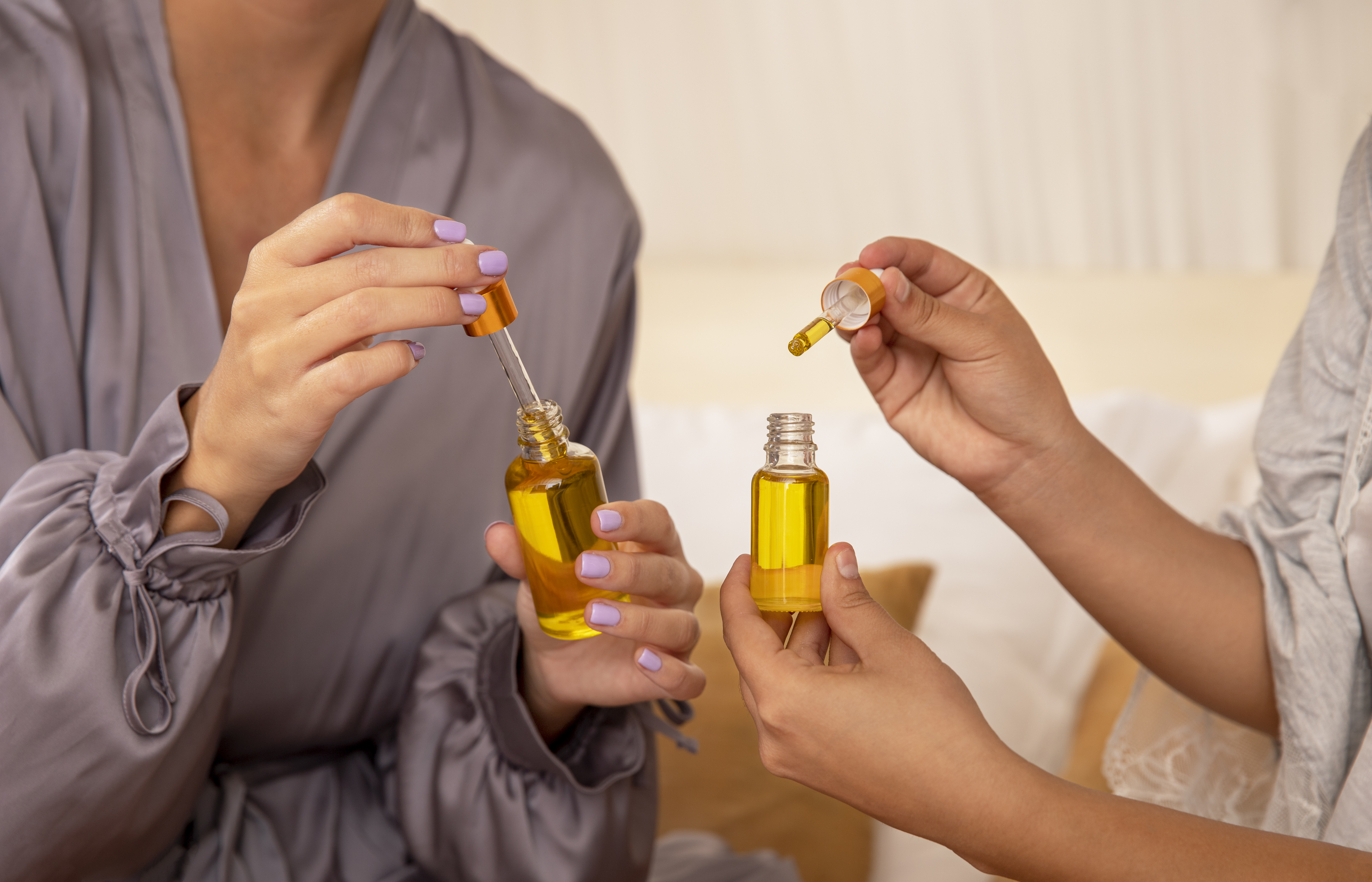
Total Time Needed :
1
Hour
Required Tools:
Dropper (for precision)
Frequency
Steps to Oiling:
Before you oil up, detangle those locks with a wide-tooth comb and warm the oil up a bit by placing the bottle in warm water.
Apply the oil to your scalp using your fingertips or an applicator bottle. A good scalp massage can boost circulation and help the oil spread evenly. Work the remaining oil through the ends.
Leave the oil in for at least an hour or overnight for a deep treatment.
Sleep in a scarf or bonnet to avoid getting oil on your pillow.
Wash your hair thoroughly, in sections, with a sulfate-free shampoo and follow up with conditioner if needed. You might need to shampoo twice to get it all out.
Modern Applications of Hair Oiling
Hair oiling has seamlessly transitioned into modern hair care routines, offering a versatile and effective method for nourishing hair. Today, many individuals combine hair oiling with other contemporary treatments and products to maximize its benefits. To enhance the effects of hair oiling, consider incorporating it into your routine alongside hair masks or leave-in conditioners. This combination can help amplify the nourishing and conditioning properties of the oil, leaving your hair healthier and more vibrant.
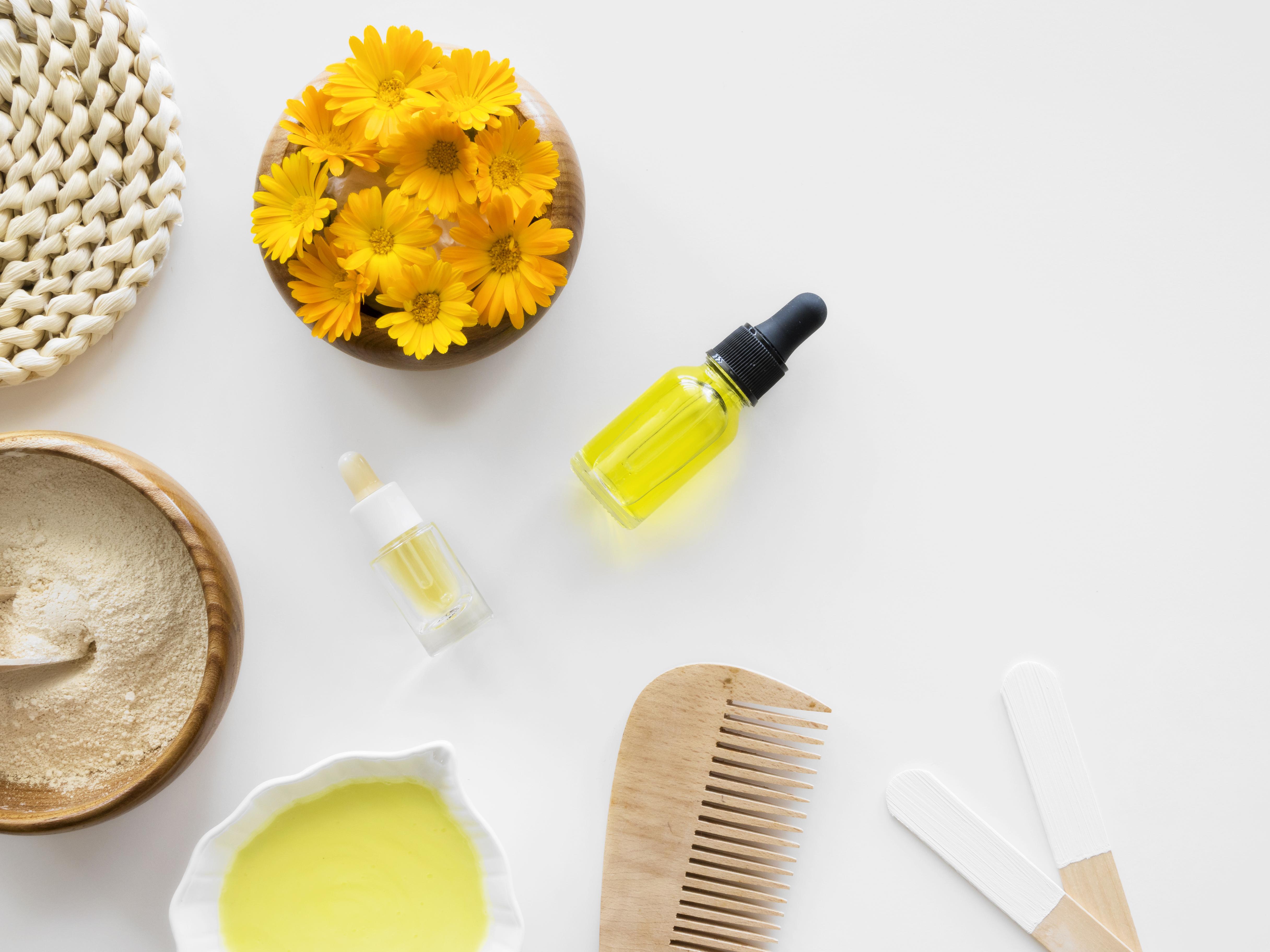
Tips for Effective Hair Oiling:
- Choose Oils Wisely: Blondes should avoid yellow-colored oils to prevent unwanted tinting. Opt for clear or diluted oils instead.
- Manage Oily Hair: Use lighter oils and apply them less frequently to avoid greasiness.
- Seek Professional Advice: Consult a dermatologist before using hair oils, especially if you have scalp or skin conditions.
- Ensure Purity: Use pure and natural oils to avoid potential issues.
- Know Their Limits: While oils offer benefits, they’re not a cure-all for scalp issues or hair loss. Seek professional medical advice if needed.
- Patch Test: Always perform a patch test before using a new oil, particularly if you have sensitive skin or allergies.
Cautions for Effective Hair Oiling
- Apply Properly: Use the right amount of oil to avoid over-saturation, especially for oily hair types. It’s also important to avoid applying oil to wet hair, as oil and water don’t mix.
- Moderate Frequency: Oil your hair regularly but don’t overdo it to prevent buildup.
- Wash Wisely: Opt for a sulfate-free shampoo and concentrate on the scalp to ensure all oil is removed. Avoid over-clarifying to prevent stripping your hair of its natural oils and reversing the treatment’s effects.
- Be Mindful of Combining Products: Ensure compatibility with other hair care products to avoid adverse reactions.
- Timing Matters: Avoid oiling your hair right before a salon visit to prevent interference with coloring and other treatments.
By following these tips and cautions, you can safely and effectively incorporate hair oiling into your hair care routine for healthier, more beautiful hair.
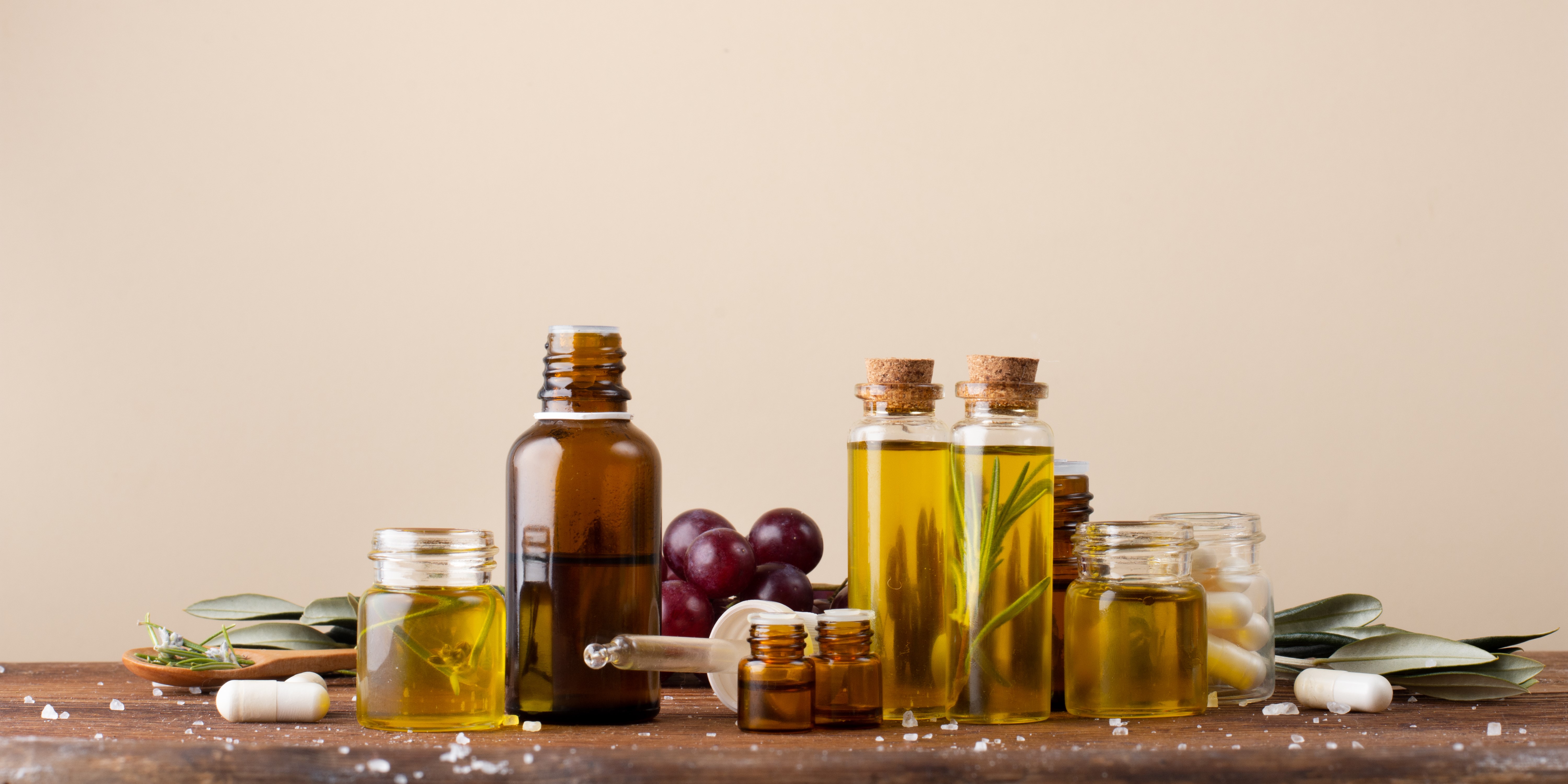
Hair oiling is more than just a beauty regimen
It’s a timeless, holistic approach to hair care. Whether you want to nourish your hair, promote growth, or simply relax and indulge in self-care, incorporating hair oiling into your routine can make a noticeable difference in your hair’s health and appearance. Embracing this ancient tradition can unlock the secrets to healthier, more vibrant hair that stands the test of time. See table below for oils and their hair benefits.
| Hair Oil | Benefits/Uses |
|---|---|
| Coconut Oil | Hydrates and nourishes hair, reduces protein loss, strengthens hair, and can penetrate the hair shaft. Ideal for the summer months. Contains medium-chain fatty acids that can penetrate the hair shaft, reducing protein loss and strengthening hair. (Source: Rele & Mohile, 2003) |
| Jojoba Oil | Lightweight oil that mimics the natural oils of the scalp, suitable for all hair types. Helps balance sebum production on the scalp, making it beneficial for oily or combination hair types. Contains wax esters that mimic the natural oils produced by the scalp, providing hydration and improving the overall health of the hair. (Source: Pazyar et al., 2013) |
| Grapeseed Oil | Moisturizes hair without leaving a greasy residue, ideal for fine or thin hair. Rich in linoleic acid, which has moisturizing and conditioning properties that can improve the texture of hair. (Source: Lin & Zhong, 2014) |
| Sesame Oil | Warming oil that provides hydration and nourishment, suitable for cold and dry seasons. Contains antioxidants and vitamins that nourish the scalp and hair, helping to maintain overall hair health. (Source: Kumar et al., 2014) |
| Almond Oil | Nourishes and strengthens hair, especially beneficial for dry and damaged hair. Rich in vitamins E and D, as well as minerals like magnesium and calcium, which can strengthen hair and reduce breakage. (Source: Ahmad et al., 2010) |
| Castor Oil | Boosts circulation to the scalp, promotes hair growth, and is often used in hair masks. Rich in ricinoleic acid, castor oil has antimicrobial and anti-inflammatory properties that can help treat scalp conditions like dandruff and folliculitis. Its moisturizing properties help nourish the hair and scalp, improving the overall health of the hair. Castor oil is also known to help thicken hair and reduce hair loss, making it a popular choice for those looking to improve the fullness and density of their hair. (Source: Vieira et al., 2001; Marwat et al., 2017) |
| Fenugreek Oil | Promotes hair growth, strengthens hair follicles, and can help with scalp conditions like dandruff. Contains proteins and nicotinic acid, which strengthen hair and promote hair growth. (Source: Keshri et al., 2016) |
| Rosemary Oil | Stimulates hair growth, improves scalp health, and can help with dandruff and itching. Known for its stimulating properties, it can improve circulation in the scalp, promoting hair growth and potentially helping with hair loss. (Source: Panahi et al., 2015) |
| Argan Oil | Moisturizes and adds shine to hair, ideal for dry and frizzy hair. Rich in antioxidants, it can protect hair from damage caused by UV rays and heat styling, making it a great choice for maintaining healthy hair. (Source: Schagen et al., 2012) |
| Lavender Oil | Improves scalp health, promotes hair growth, and has a calming scent. Improves blood circulation in the scalp, promoting hair growth. It also has antimicrobial properties that can help treat scalp conditions. (Source: Woelk & Schläfke, 2010) |
| Tea Tree Oil | Treats dandruff and other scalp conditions due to its antifungal and antibacterial properties. Contains terpinen-4-ol, which has antimicrobial properties that can help treat dandruff and other scalp conditions. (Source: Carson et al., 2006) |
| Peppermint Oil | Stimulates the scalp, promotes hair growth, and provides a cooling sensation. Stimulates blood flow to the scalp, promoting hair growth. It also has a cooling effect that can soothe irritation. (Source: Oh et al., 2014) |
| Lemongrass Oil | Strengthens hair follicles, reduces hair shedding, and promotes a healthy scalp. Contains citral, which has antimicrobial and anti-inflammatory properties that can help strengthen hair follicles and reduce hair shedding. It also promotes a healthy scalp by balancing oil production. (Source: Zheng & Shetty, 2014) |
| Amla Oil | Nourishes the scalp and hair, strengthens hair follicles, and can help prevent premature graying. Amla, also known as Indian gooseberry, is rich in vitamin C and antioxidants, which nourish the scalp and hair, promoting overall hair health. (Source: Kaur et al., 2017) |
| Brahmi | Strengthens hair roots, promotes hair growth, and nourishes the scalp. Brahmi, also known as Bacopa monnieri, contains alkaloids and triterpenoid saponins that can help strengthen hair roots, promote hair growth, and nourish the scalp, improving overall hair health. (Source: Kapoor et al., 2013) |

